When it comes to hauling materials efficiently and effectively, the live bottom semi-trailer has gained considerable traction in the industry. These innovative trailers are engineered to guarantee better control and adaptability during the unloading process, particularly for granular materials. In this comprehensive guide, we delve deep into the specifics of live bottom semi-trailers, offering insights into their functionality, benefits, and considerations for potential buyers.
Table of Contents
- What is a Live Bottom Semi-Trailer?
- How Does a Live Bottom Trailer Work?
- Advantages of Live Bottom Semi-Trailers
- Applications of Live Bottom Trailers
- Comparing Live Bottom Trailers to Traditional Trailers
- Key Features to Look for in Live Bottom Semi-Trailers
- Maintenance Tips for Live Bottom Trailers
- Frequently Asked Questions (FAQs)
- Conclusion
What is a Live Bottom Semi-Trailer?
A live bottom semi-trailer is a specialized type of trailer that utilizes a conveyor belt system, often operated hydraulically, to discharge cargo. Unlike traditional end-dump trailers that require elevation, live bottom trailers allow for a more controlled and gradual unloading of materials. This mechanism is especially beneficial when dealing with loads that are prone to bridging or clogging.
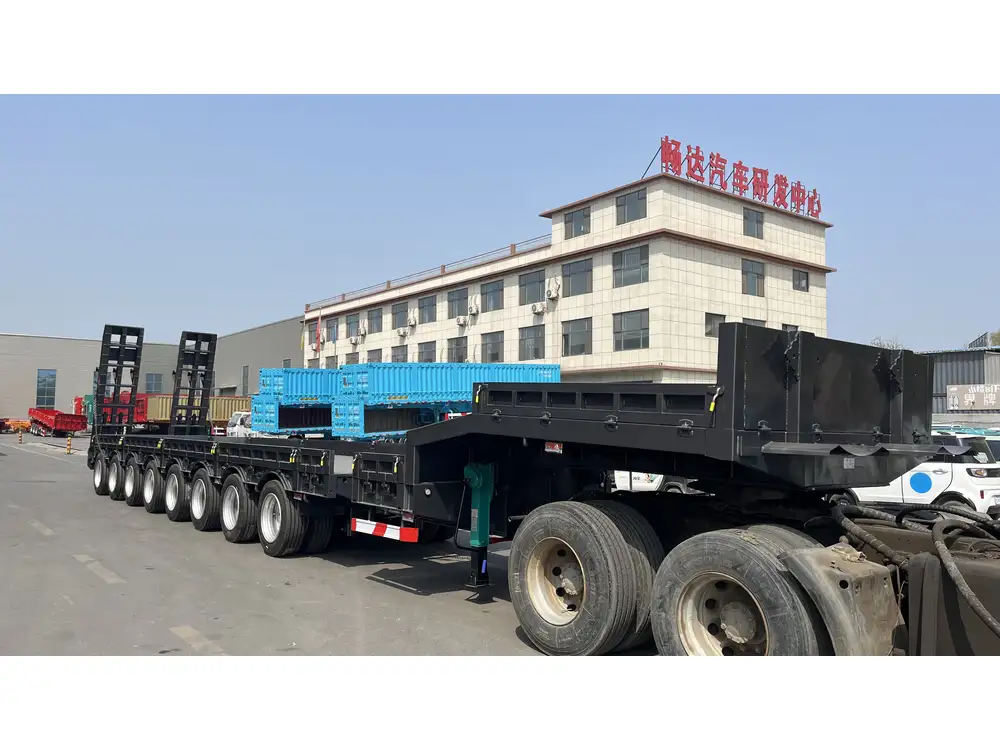
Key Components
| Component | Description |
|---|---|
| Conveyor System | A hydraulic belt system that facilitates unloading. |
| Tandem Axles | Usually equipped with multiple axles for weight distribution. |
| Control System | Integrated controls for operation, often from the vehicle’s cab. |
| Weatherproofing | Ensures that the materials remain dry and secure during transit. |
How Does a Live Bottom Trailer Work?
The mechanics of a live bottom semi-trailer is both simple and effective. Here’s how it operates:
Loading Phase: The trailer is loaded with materials through a convenient access point, designed to ensure swift and easy loading.
Transporting: The cargo is secured within the trailer’s confines as it is towed by a compatible tractor unit.
Unloading Process: Once at the destination, the driver engages the hydraulic system, which activates the conveyor belts located at the bottom of the trailer. As the belts rotate, they move the material toward the back, gently unloading it without the need for elevating the trailer.
Operational Efficiency
This unloading method provides immense operational advantages, such as:
- Improved safety due to lower risks associated with tipping accidents.
- Enhanced precision when unloading in confined spaces.
- Reduction in waiting times, as unloading can occur without requiring extensive maneuvering.

Advantages of Live Bottom Semi-Trailers
Opting for a live bottom semi-trailer over traditional trailer types presents numerous benefits:
1. Enhanced Control and Precision
The gradual unloading system affords operators greater control over the flow of materials, allowing for precision in applications requiring detailed placement of goods.
2. Versatility in Material Handling
These trailers are particularly advantageous for handling a plethora of materials including:
- Sand
- Gravel
- Recyclables
- Food products
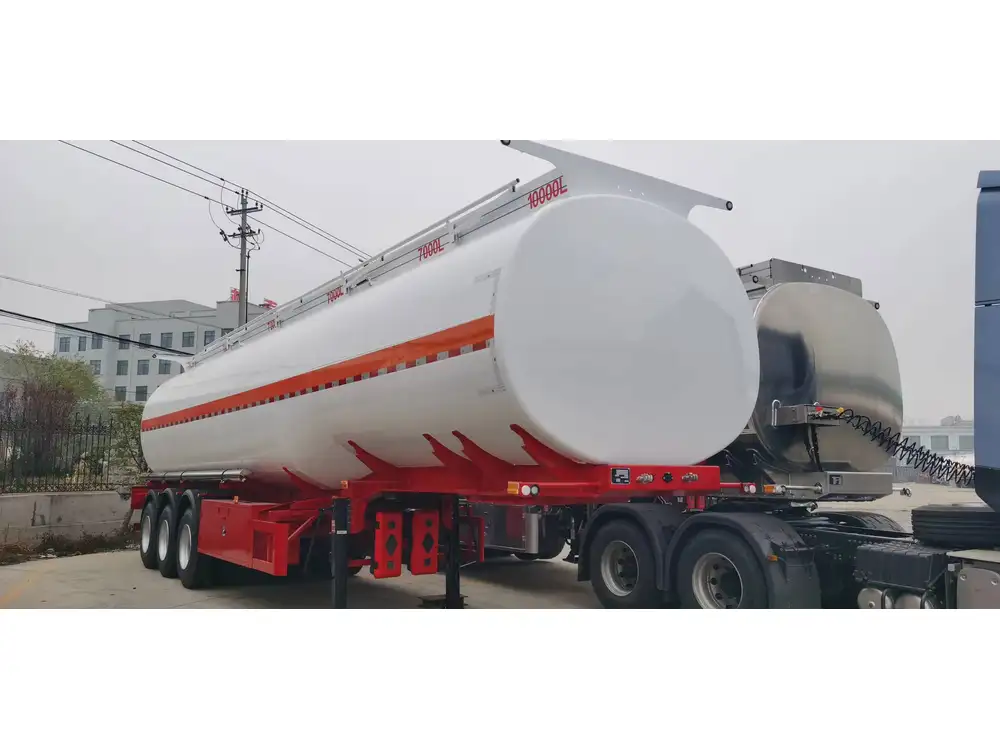
3. Reduced Damage to Cargo
With a controlled discharge, live bottom trailers mitigate damage risks that can occur during the unloading process. This is especially critical when dealing with fragile or bulk materials.
4. Lower Labor Costs
In industries requiring multiple unloading processes, using live bottom trailers can reduce labor costs, as fewer personnel are needed on-site for overseeing the unloading.
5. Less Wear on the Trailer
By utilizing a belt system instead of tilting mechanisms, the wear and tear on a live bottom trailer is minimized. This can lead to lower maintenance costs over time.
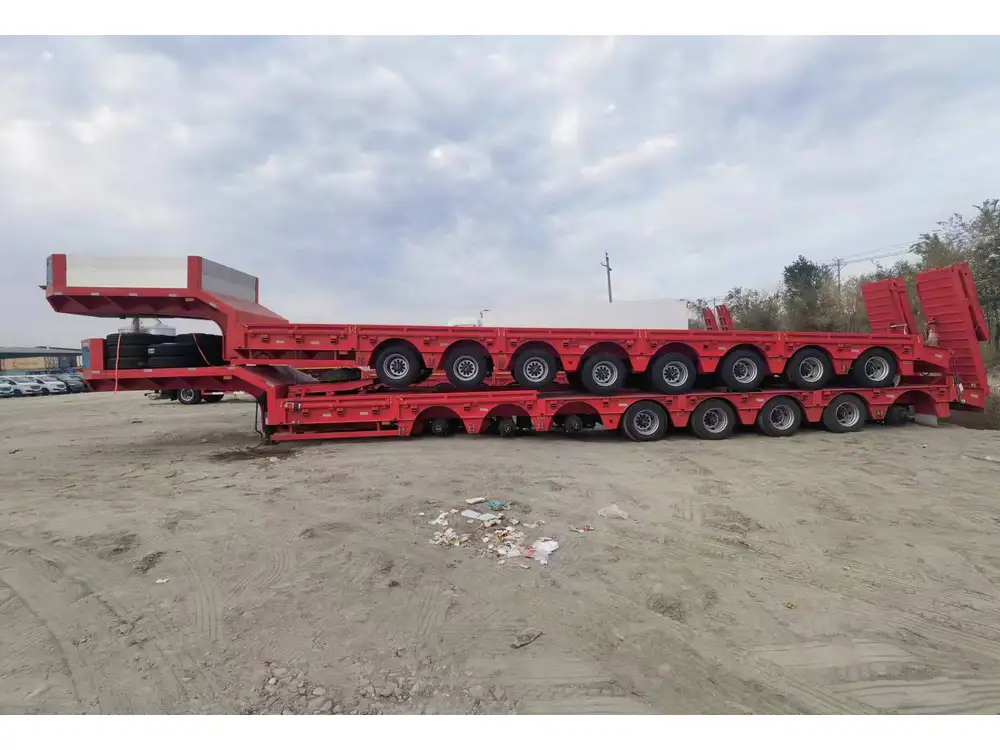
Applications of Live Bottom Trailers
Live bottom semi-trailers excel in various industries thanks to their unique unloading properties. Here are some primary applications:
- Construction Sites: For transporting and unloading aggregates or bulk materials.
- Landscaping: Facilitating the delivery of soil, mulch, and decorative stone with precision.
- Waste Management: Ideal for hauling recyclables or waste materials that require careful handling during the unloading process.
- Agriculture: Transporting grain or feed where loss prevention is crucial.
Comparing Live Bottom Trailers to Traditional Trailers
Understanding the distinctions between live bottom trailers and traditional options is crucial for making an informed decision. Here’s a detailed comparison:
| Feature | Live Bottom Semi-Trailer | Traditional Trailer |
|---|---|---|
| Unloading Method | Conveyor belt system providing gradual unloading. | Elevation of the tailgate for dumping loads. |
| Loading Capacity | Generally lower due to design constraints. | Can handle larger loads typically. |
| Operational Flexibility | Excellent in confined spaces and uneven terrains. | More difficult in tight spaces. |
| Safety Risks | Reduced tipping hazards. | Higher risk of accidents during unloading. |
| Maintenance | Lower due to less mechanical movement in unloading. | Higher due to the wear on hydraulic lift systems. |
Key Features to Look for in Live Bottom Semi-Trailers
When considering the purchase of a live bottom semi-trailer, several features warrant attention:
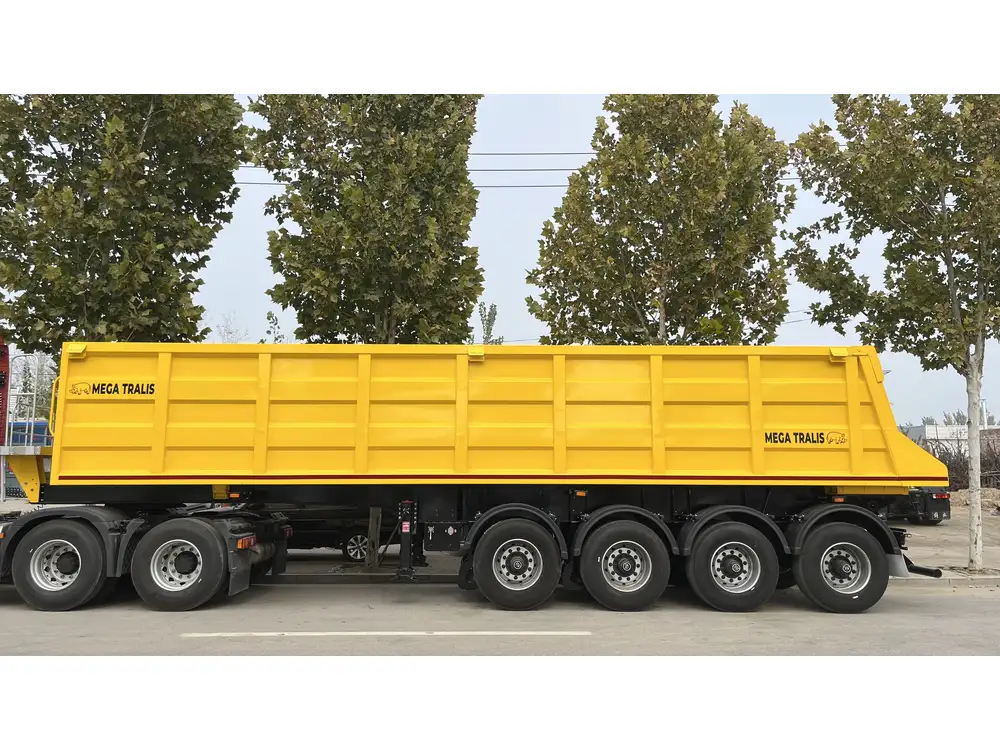
1. Construction Quality
Choose a trailer constructed with robust materials to ensure longevity and durability, particularly under heavy loads.
2. Hydraulic System Quality
A dependable hydraulic system is paramount for ensuring smooth operations. Investigate the specifications of the hydraulic components used in the trailer.
3. Belt Material and Width
The quality and width of the conveyor belt significantly influence the efficiency of unloading. Wider belts allow for faster discharges in suitable applications.
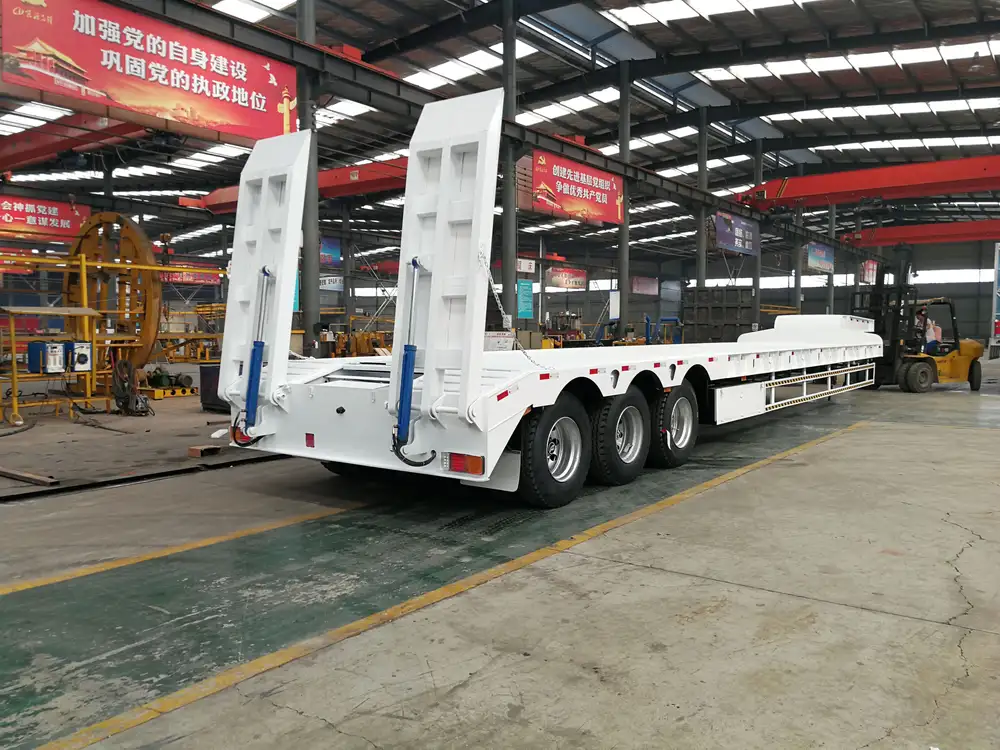
4. Safety Features
Incorporate features like emergency shut-offs, safety locks, and designated controls for safe operation.
5. Versatility Options
Opt for models that can handle a wide range of materials, as this adds to the utility and can cater to changing needs over time.
Maintenance Tips for Live Bottom Trailers
Maintaining a live bottom semi-trailer is essential for maximizing its lifespan and operational efficiency. Here are key maintenance tips to consider:
Regular Inspections: Conduct periodic inspections of the hydraulic system, conveyor belts, and electrical components to ensure functionality.
Lubrication: Regularly lubricate moving parts to minimize wear and improve performance.
Belt Adjustments: Ensure the conveyor belt remains properly tensioned and aligned to avoid operational issues.
Hydraulic Fluid Monitoring: Keep an eye on hydraulic fluid levels and replace fluids according to manufacturer guidelines.
Cleanliness: Maintain cleanliness inside the trailer to prevent residue buildup that can impair performance and cause damage.
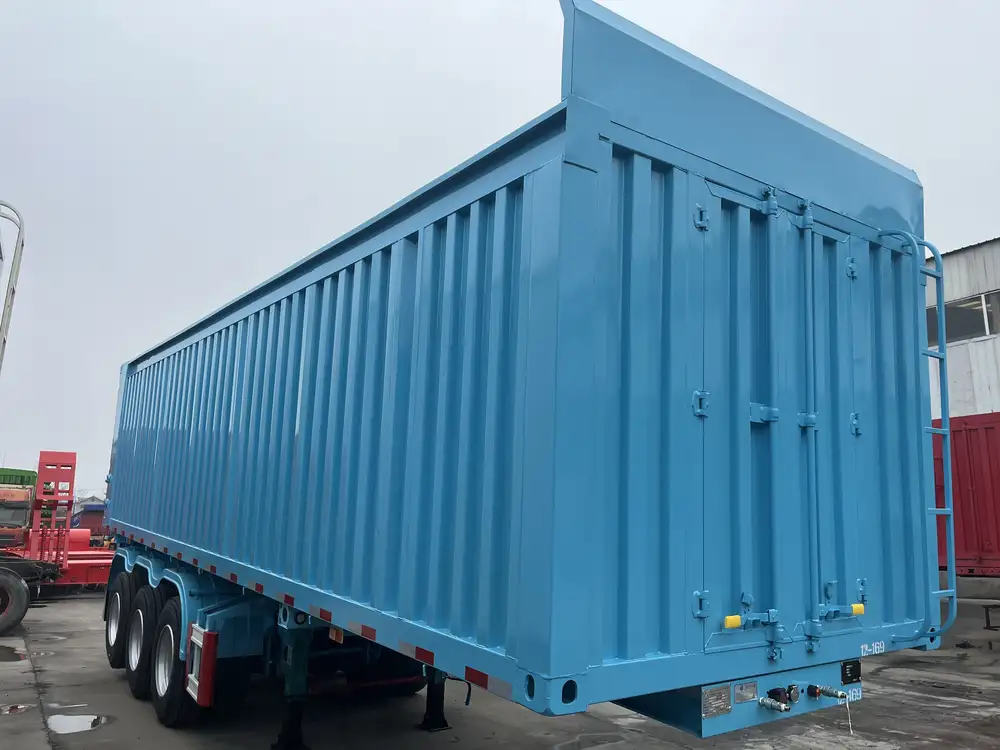
Frequently Asked Questions (FAQs)
What materials can be transported with a live bottom semi-trailer?
Live bottom trailers are ideal for transporting sand, gravel, recyclables, agricultural products, and more.
Are live bottom semi-trailers more expensive than traditional trailers?
While the initial cost may be higher, the operational efficiency, reduced labor costs, and lower maintenance requirements often lead to long-term savings.
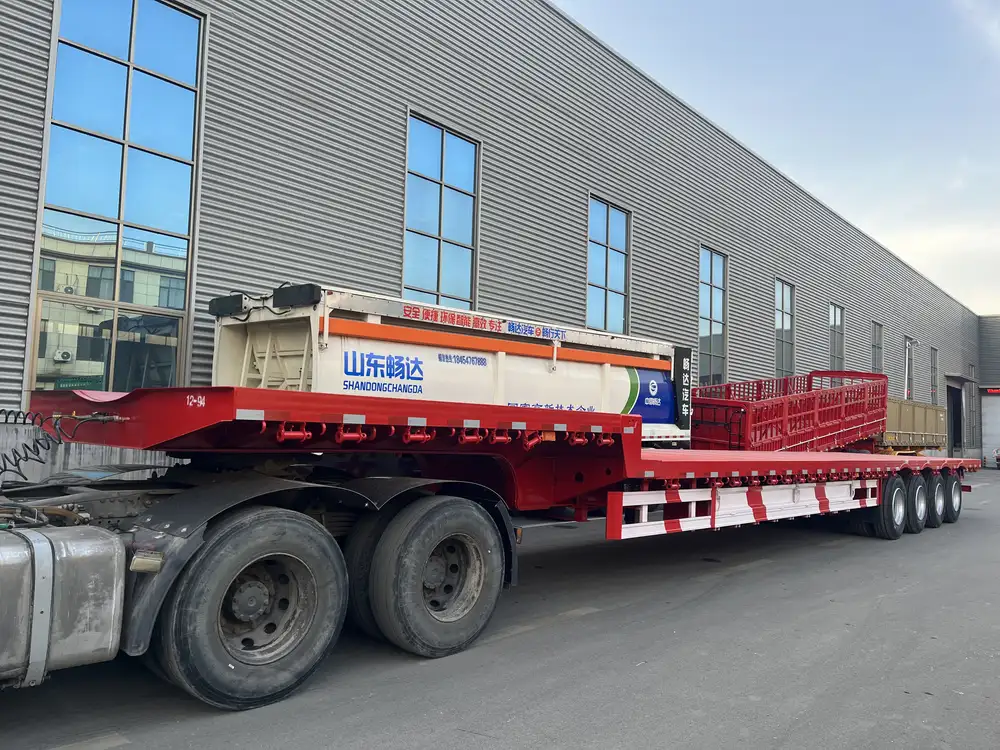
Can live bottom trailers operate in all weather conditions?
These trailers are designed with weatherproof features, making them suitable for diverse weather conditions, although extreme conditions should always be approached with caution.
How do I choose the right live bottom trailer for my needs?
Assess your typical load types, unloading environments, and frequency of use to determine the specifications that will best meet your requirements.
Conclusion
Live bottom semi-trailers represent a significant advancement in trucking technology, bringing practicality and efficiency to the transportation of various materials. Their unique unloading mechanisms offer unparalleled control, making them an increasingly popular choice for operators seeking enhanced safety, versatility, and cost-effectiveness.
Whether you’re in construction, agriculture, landscaping, or waste management, investing in a live bottom semi-trailer can serve as a game-changer for your business operations. This guide aims to equip you with the knowledge necessary to make informed decisions regarding live bottom semi-trailers, ensuring you choose the right option for your transport needs.



